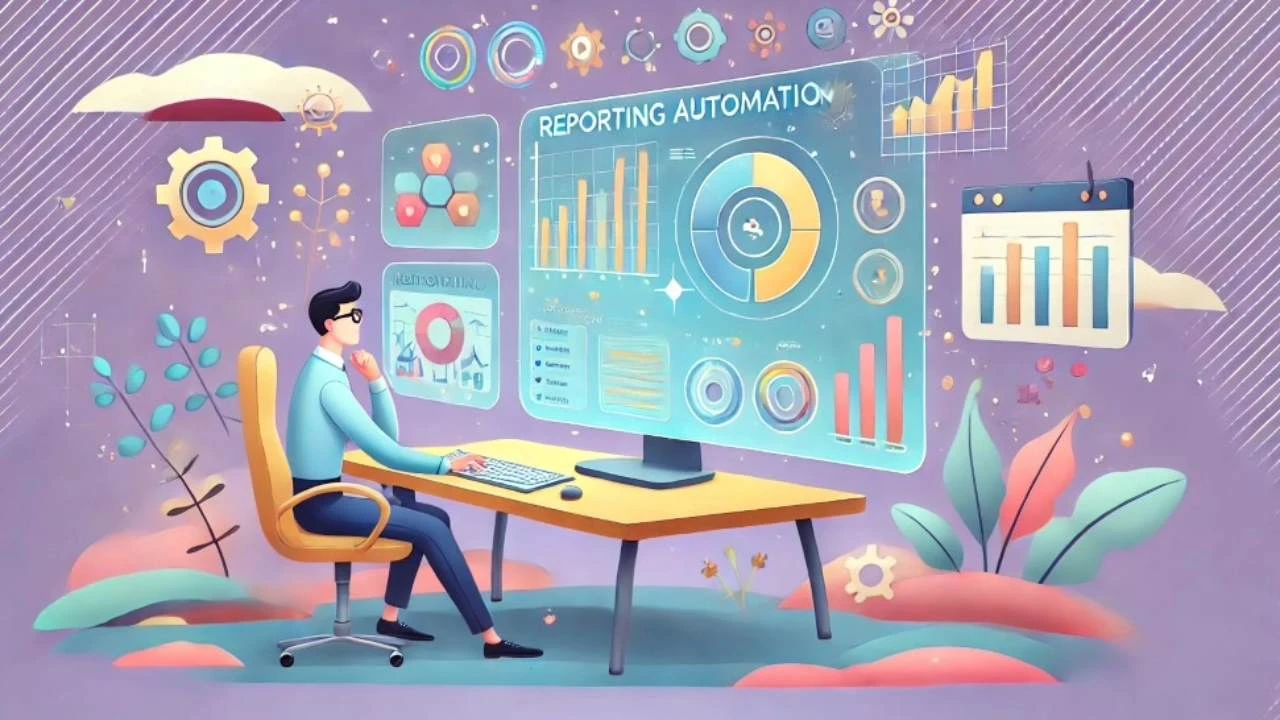Understanding Reporting Automation
Boost efficiency, accuracy, and decision-making in your organization.

In today’s fast-paced business environment, the ability to quickly and accurately analyze data is crucial for making informed decisions. Reporting automation has emerged as a powerful tool that helps organizations streamline their reporting processes, reduce errors, and improve efficiency. This article delves into the key benefits of reporting automation and provides a comprehensive guide on how to implement it effectively within your organization.
What is Reporting Automation?
Reporting automation involves the use of software and technologies to automatically generate and distribute reports based on predefined criteria and schedules. This eliminates the need for manual data collection, processing, and report generation, saving time and reducing the potential for human error.
Key Benefits of Reporting Automation
- Time Efficiency Reporting automation significantly reduces the time required to generate reports. Automated systems can compile data from various sources, process it, and generate comprehensive reports in a fraction of the time it would take manually. This allows employees to focus on more strategic tasks rather than routine data processing.
- Accuracy and Consistency Automated reporting systems minimize the risk of human error, ensuring that the data presented in reports is accurate and consistent. By removing manual intervention, companies can rely on consistent data quality across all reports, leading to more reliable business insights.
- Cost Savings By automating repetitive reporting tasks, organizations can reduce labor costs associated with manual report generation. Additionally, the increased accuracy and efficiency can lead to better resource allocation and overall cost savings.
- Improved Decision-Making With faster access to accurate and comprehensive reports, decision-makers can respond more quickly to market changes and business opportunities. Automated reports provide real-time data that is crucial for making informed, data-driven decisions.
- Enhanced Data Security Automated reporting systems can include advanced security features such as encryption and access controls, ensuring that sensitive data is protected throughout the reporting process. This helps organizations comply with data protection regulations and safeguard their information.
- Scalability As businesses grow, the volume of data and the complexity of reporting requirements increase. Automated reporting systems are highly scalable, allowing organizations to easily expand their reporting capabilities without a corresponding increase in manual effort.
- Customization and Flexibility Automated reporting tools often come with customization options that allow businesses to tailor reports to meet specific needs. Whether it’s adjusting the format, including particular data sets, or scheduling reports for specific times, these tools offer flexibility to adapt to changing business requirements.
Implementation Strategies for Reporting Automation
- Identify Reporting Needs Start by assessing your current reporting processes and identifying areas where automation can bring the most benefits. Determine the types of reports that are generated regularly and could be automated.
- Choose the Right Tools Select reporting automation tools that best fit your organization’s needs. Consider factors such as integration capabilities with existing systems, ease of use, and the ability to customize reports.
- Define Data Sources Ensure that all necessary data sources are identified and accessible. This may involve integrating various databases, cloud services, and other data repositories.
- Set Up Automation Workflows Configure the automation workflows, including data extraction, processing, and report generation. Define the criteria and schedules for report generation to ensure timely and relevant reporting.
- Test and Refine Before fully deploying the automated reporting system, conduct thorough testing to identify and resolve any issues. Refine the workflows and settings based on feedback from users to ensure optimal performance.
- Train Staff Provide training for employees who will be using the automated reporting system. Ensure they understand how to access and interpret the reports, as well as how to troubleshoot any potential issues.
- Monitor and Maintain Regularly monitor the performance of the automated reporting system to ensure it continues to meet your organization’s needs. Perform maintenance and updates as required to keep the system running smoothly.
By implementing reporting automation, organizations can unlock significant efficiencies, improve accuracy, and enhance their decision-making capabilities. As technology continues to evolve, the benefits of automated reporting will only become more pronounced, making it a crucial component of any modern business strategy.






